How did Patpong get its name? Who introduced go-go bars to Thailand? Where did David Bowie stay when he was in town? Which celebrities were Patpong patrons and who got the happy ending?
All these questions and more are answered at the newly opened Patpong Museum.
Through interactive exhibitions, artifacts and recreated spaces; the museum captures seven decades of known and secret history, from Patpong’s origins, to the American spooks plotting coups in its safehouses, its days as a corporate crossroads and emergence as one of the world’s most notorious red-light districts.
“Everybody knows Patpong, but they don’t really know the stories behind Patpong,” said Michael Messner, the Austrian founder who several weeks ago achieved his long-held dream of opening the museum.
‘Patpong Museum’ opens in Bangkok’s original soi of sex
Messner, who owns several other venues in Patpong 2 including Black Pagoda, Candle Light Studio and new fine-dining-meets-kink joint Outlaw Erotic Cuisine, got the idea to build such a museum a decade ago.
He and his team scoured every archive for Patpong history, lore and artifacts; from digging through the Bangkok Post library to tracking down members of the Patpongpanich family, who still own the land bearing their name. The efforts were rewarded with a museum holding hundreds of artifacts and objects, including an array of original relics.
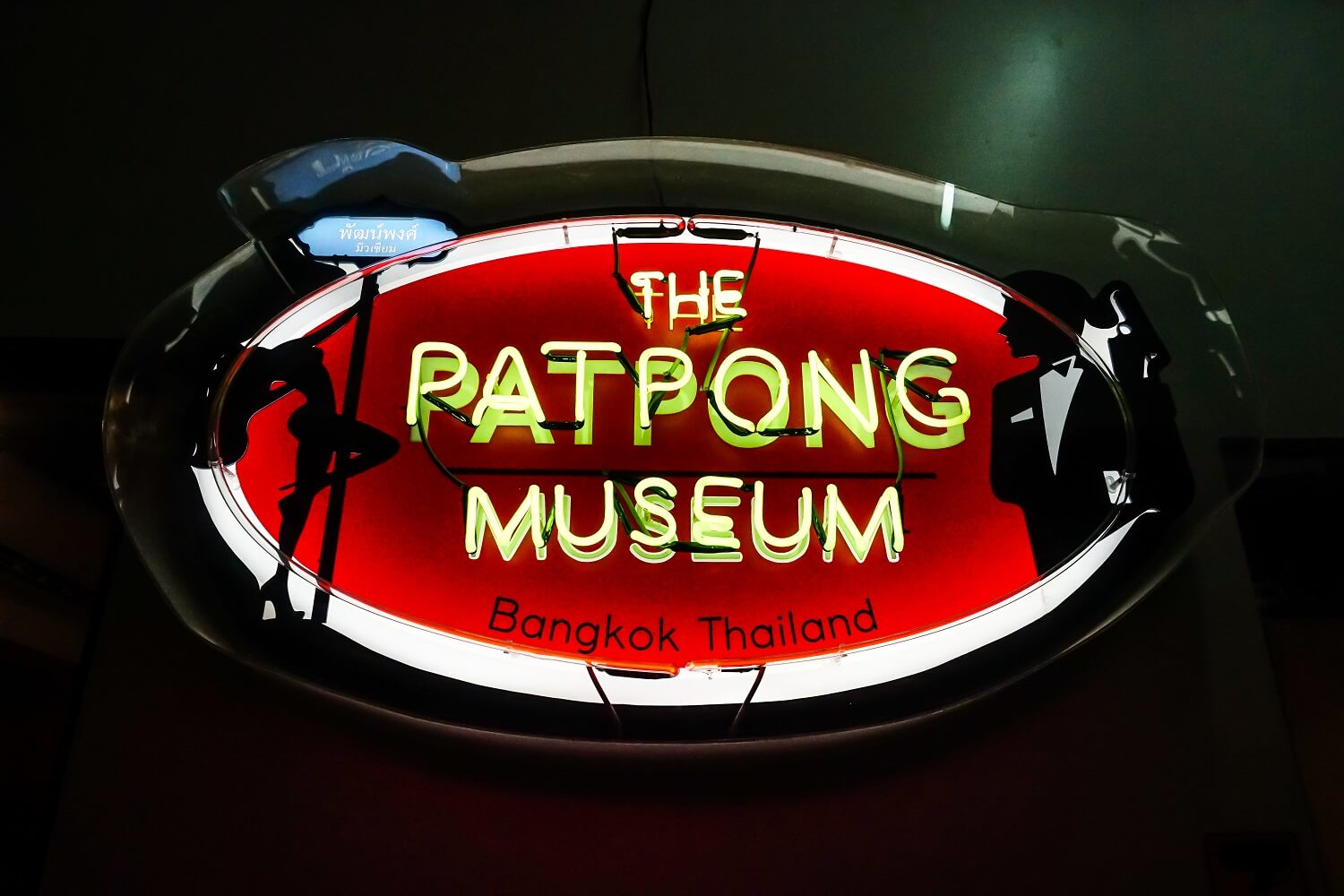
The museum’s floor plan is organized chronologically. Tours start tracing the origins of Patpong back to the Chinese immigrant — later known as Luang Patpongpanich — who purchased 17 rai of rice and banana fields for the equivalent of US$3,000.
The land later fell into the hands of his son Udom Patpongpanich, a member of the Seri Thai movement of underground resistance to Japanese occupation. When Udom returned from the United States at the end of World War II, he brought some buddies from the Office of Strategic Services, or OSS, which later became the CIA.
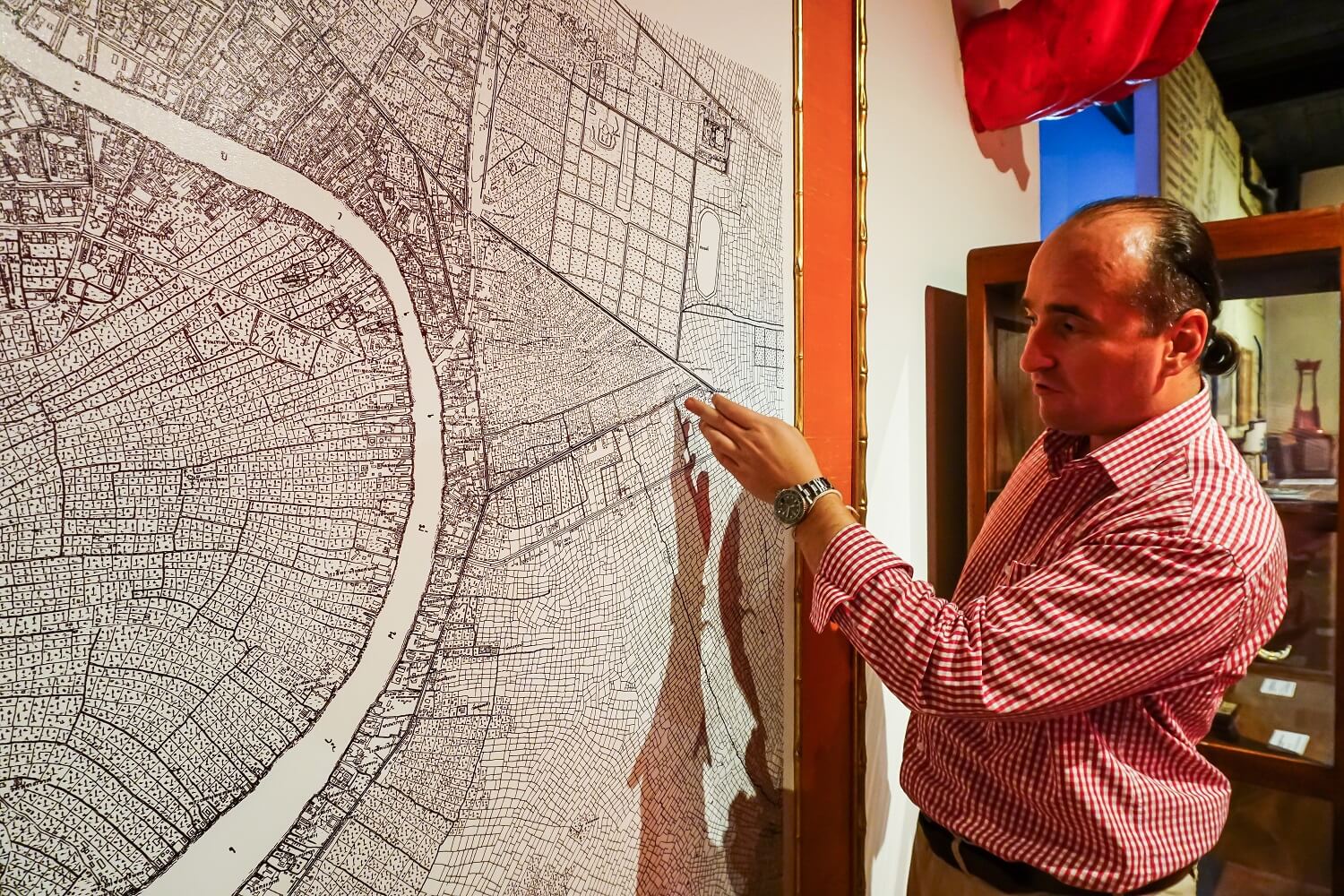
This is where the museum succeeds in connecting the dots between what Patpong is today to its colorful past as a nexus of international intrigue.
The OSS agents, along with a controversial and colorful character named Anthony “Tony Poe” Poshepny, set up shop in Patpong with a clandestine outfit called the Overseas Southeast Asia Supply to wage war and dirty tricks across Southeast Asia.
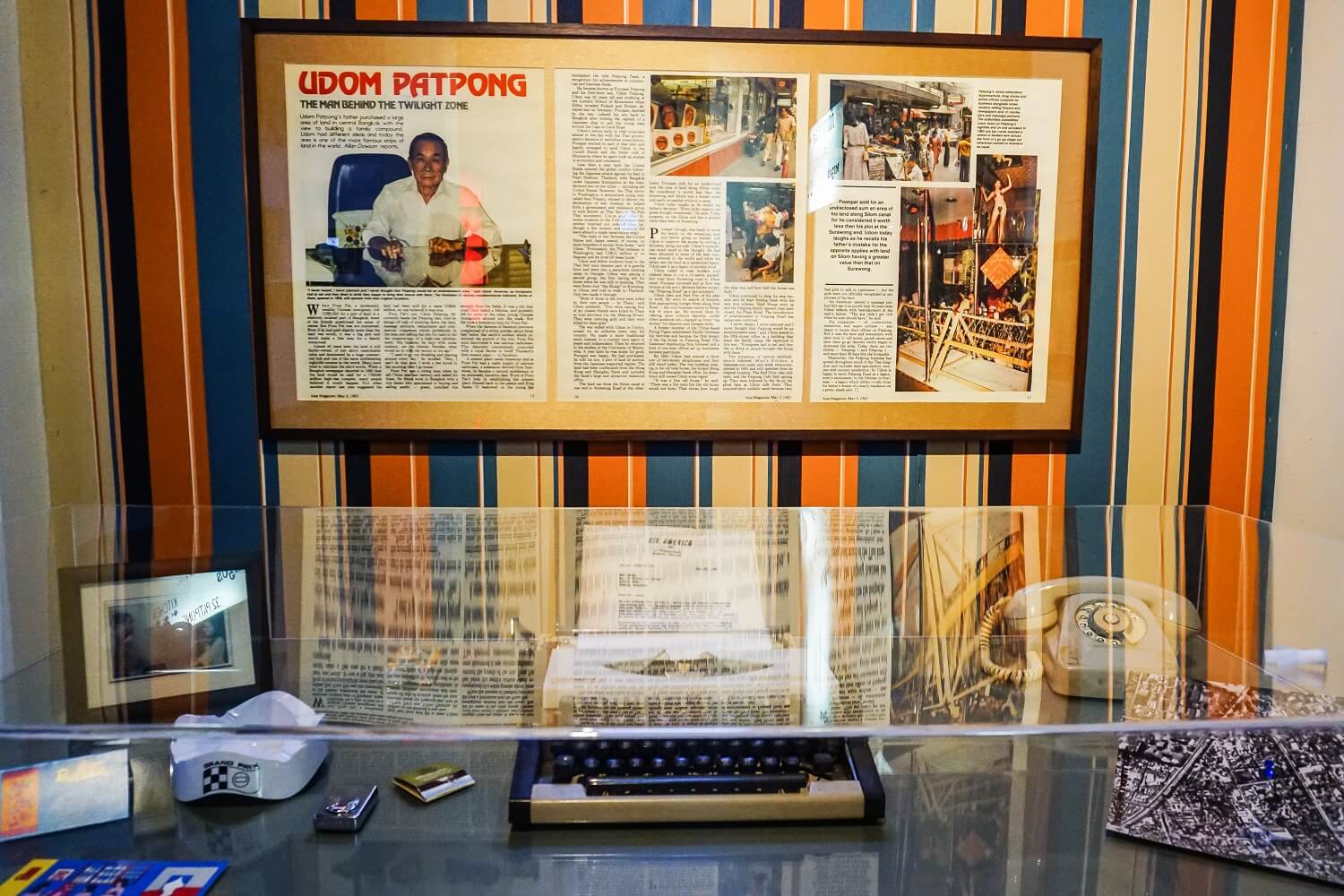
When they weren’t running weapons or trying to overthrow governments, they would drink atop the still-operating Madrid Bar, Messner said.
Udom connected telegraph lines, built concrete buildings — basically brought Patpong into the modern world — then made calls and invited foreign companies including airlines and news organizations to open offices.
“Today, we might cannot imagine that, but back then Patpong was like Wall Street,” Messner said, adding that the shophouse housing the museum once served as IBM’s headquarters.
The museum’s journey then moves on to Patpong as crossroads of pop culture and celebrity. Dubbed the “Hall of Fame,” in one corner loops late superstar David Bowie’s Ricochet, a concert documentary of the Thin White Duke’s adventures in Asia, next to framed photographs of him chilling and eating noodles on a long-tail boat.

Did Kendall Jenner get beaned in the head with a ball at a Patpong ping-pong show? Where did Robert De Niro and Christopher Walken shoot The Deer Hunter’s Saigon red-light scenes? On a red neon-lit wall, visitors can take wild guesses as to which celebrities in silhouette paid visits to Patpong. The answers are revealed when an iPad is placed in front of the portraits, coupled with some background information.

After 30 minutes of time-traveling into Patpong’s past, step into the next room and find a dimly lit bar with go-go dancers 3D-projected onto the back. It pays tribute to the now-defunct Grand Prix Bar opened in 1969 by American-Vietnam War vet Rick Menard. It’s said to be the first go-go bar in Thailand — even Southeast Asia.

Visitors are offered one drink here, which is part of the tour. While drinking, they can wander around to see more pictures of celebrity visitors from the old times, including legendary boxer Muhammah Ali and promoter Don King in 1975 and 1985, respectively.
After the break at the bar, the tour embraces a more modern Patpong. Next to a dancing pole are footage and photographs by documentary filmmaker Michael Glawogger, who shot the everyday lives of Patpong sex workers for his movie Whore’s Glory. Glawogger died of malaria in 2014.
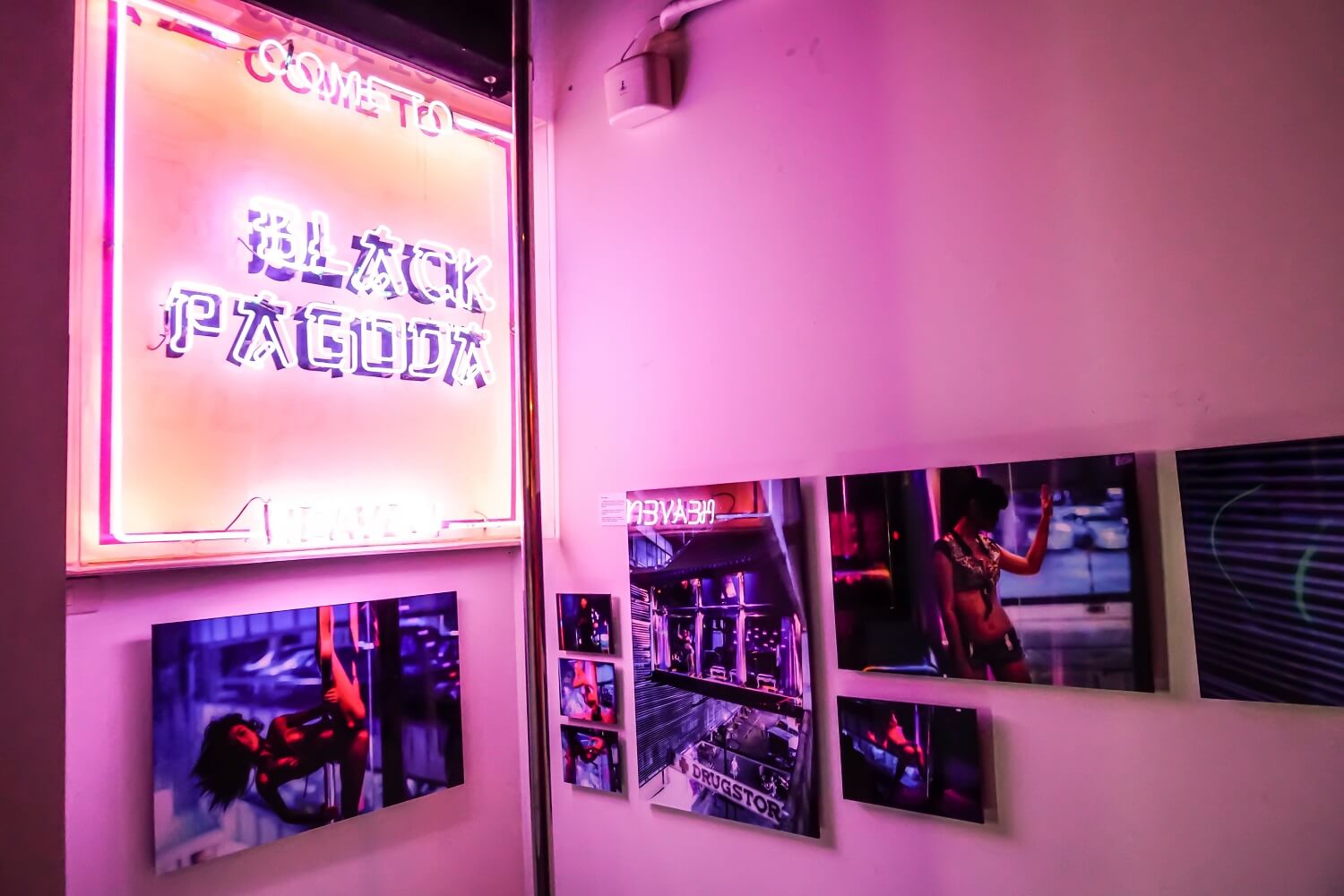
Of course, Patpong’s most enduring contribution to the global culture is the indelible association with ping-pong shows. At the museum, visitors can test their motor skills by catching ping-pong balls fired through a screen showing a silhouetted woman spreading her legs. On the night of this reporter’s tour, a French visitor set the day’s record by catching 13 ping-pong balls.

Women or ladyboys? This enduring obsession gets gamified into a kind of blue-gold dress decision in which visitors are dared to assess photos of Thai women and determine whether they were born female or male.
There was a lot to see, and, fair warning, not all of it is for everyone. A video of a woman putting a live goldfish into her vagina is certain to make some visitors cringe. But that’s Patpong, warts and all.
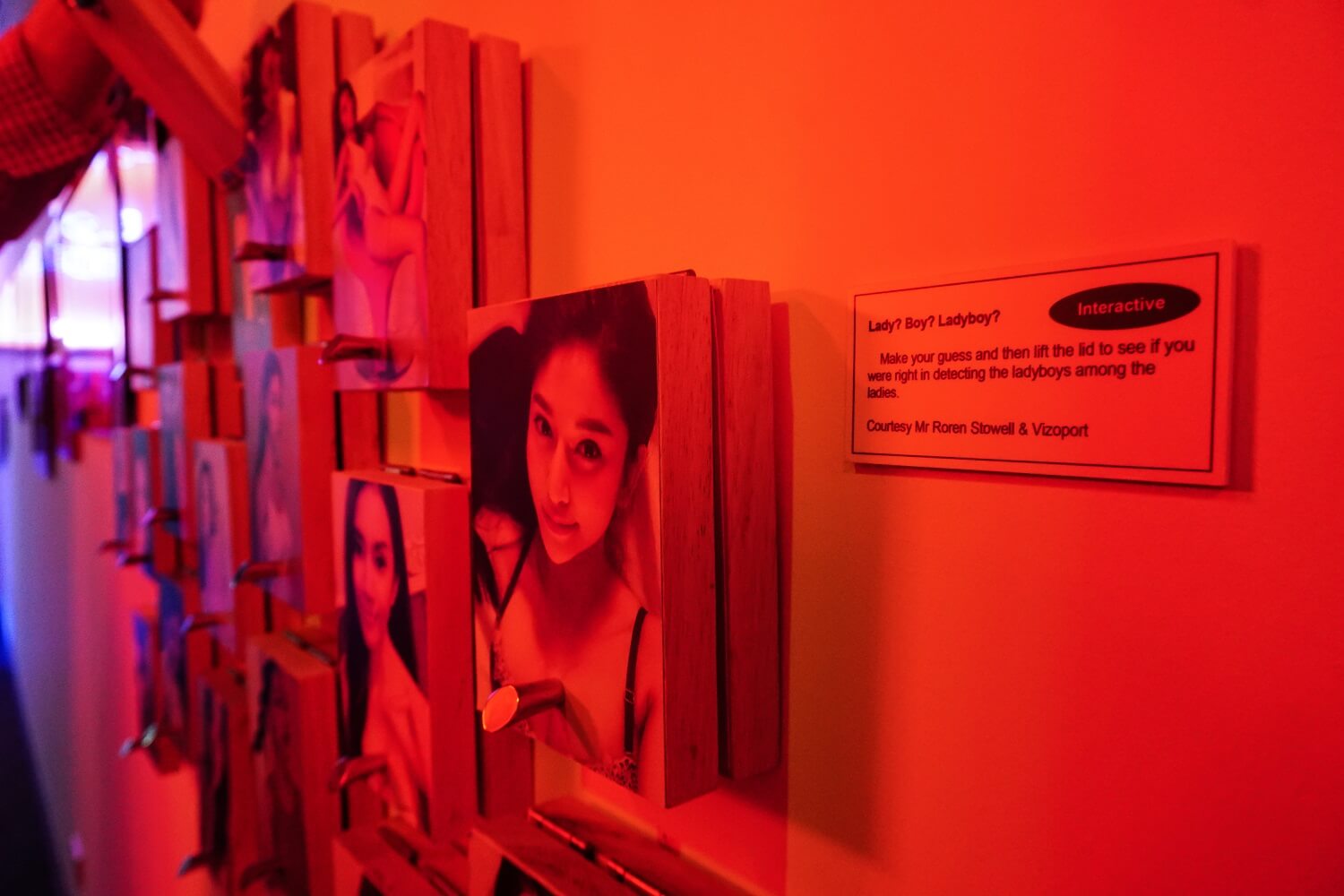
Messner said he has more plans for the future, including rotating installations and live performances.
The Patpong Museum is open 10am to 10pm daily. Admission is THB350 per person and includes a 50-minute guided tour and standard cocktail. Tours are offered in Thai, English, French, Spanish and Italian. Japanese and Chinese tours will be available in the future.
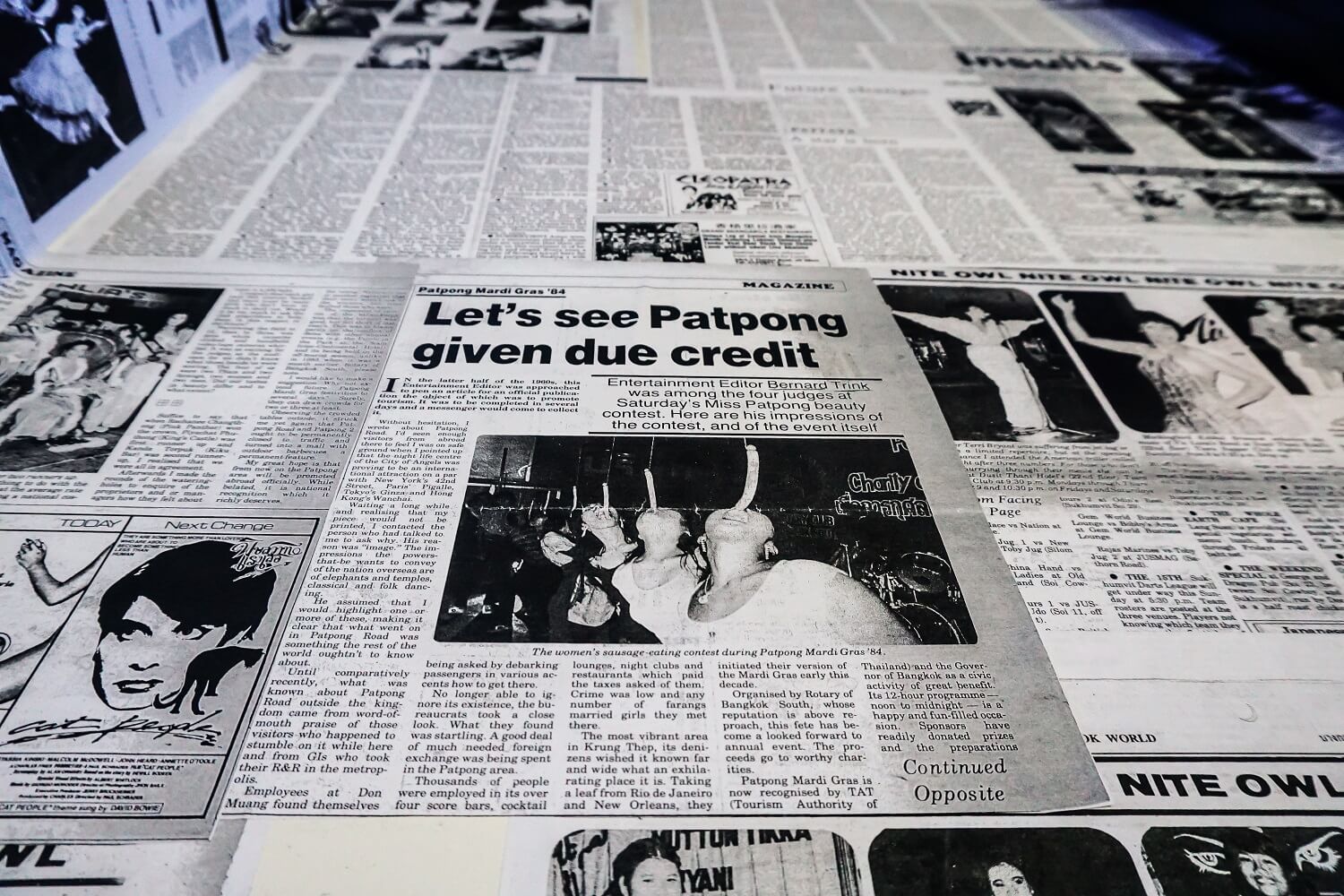
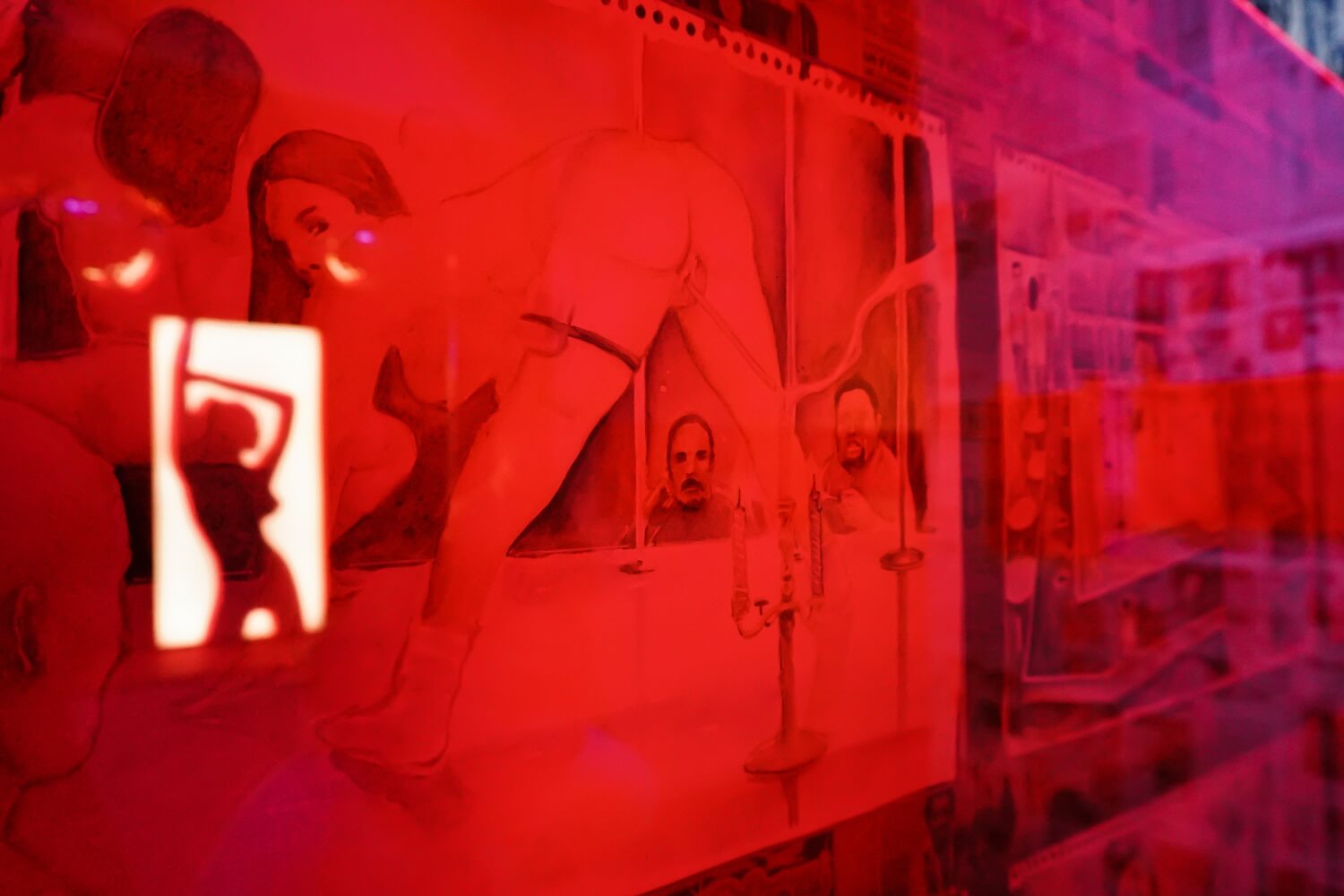
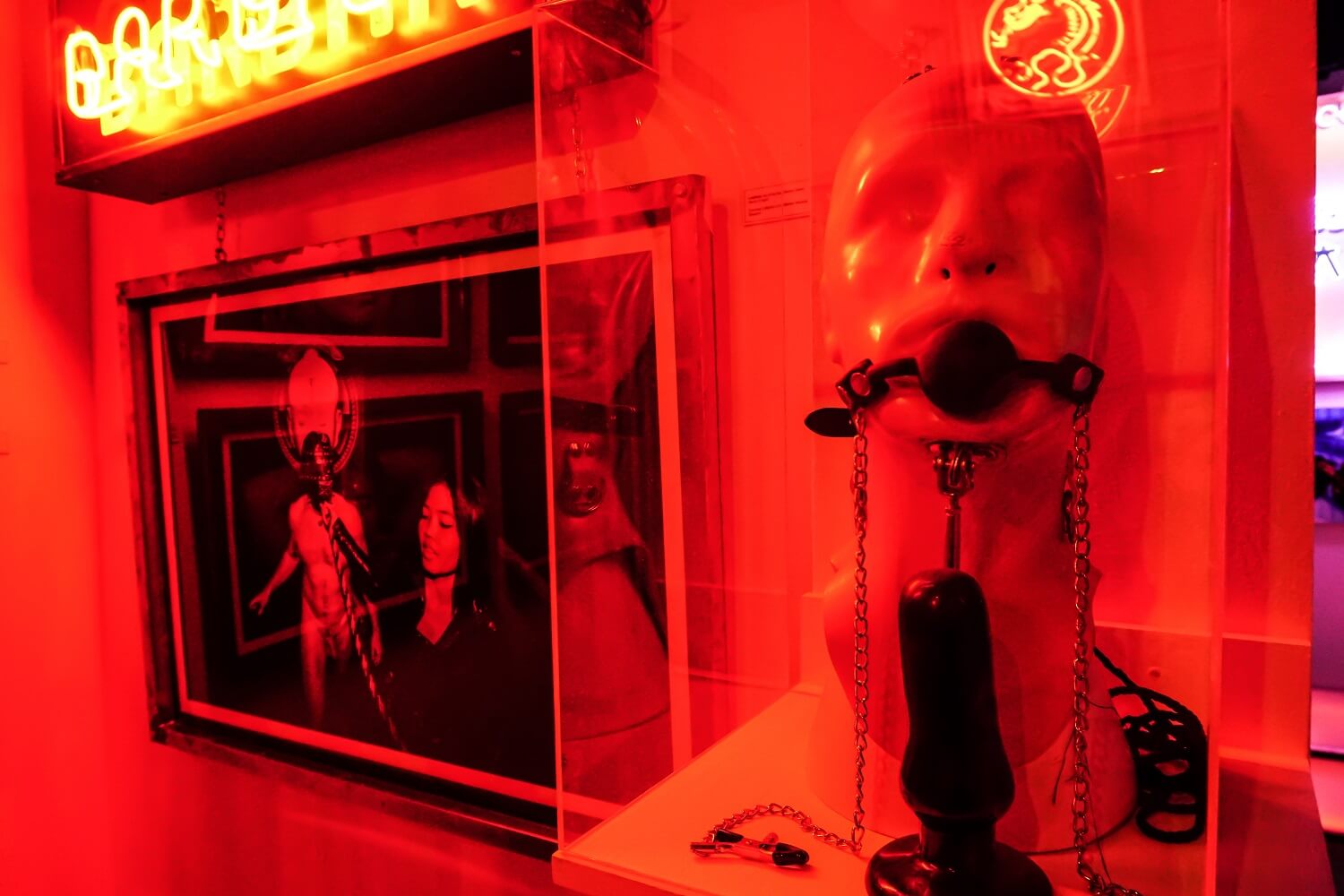
FIND IT:
Patpong Museum
No. 5, Soi Patpong 2, Bang Rak, Bangkok
Opens 10am – 10pm daily
Phone: +66918876829
BTS: Sala Daeng
MRT: Silom




Reader Interactions